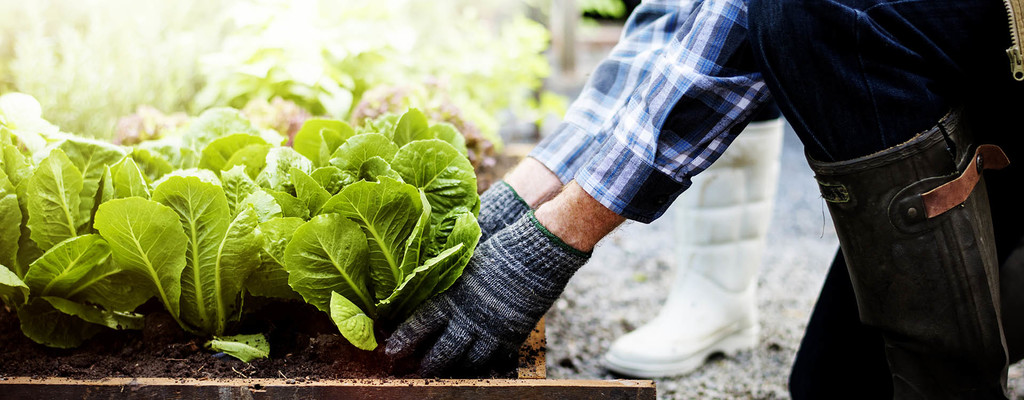Just because you live in the city, that doesn’t mean that starting a business in the agriculture industry is out of the question. Urban farming is bringing food production into busy, populated areas, and it’s more popular than ever.
What is urban farming? Urban farming, also called urban agriculture, is all about producing food inside city limits. It has its challenges, but it also offers many benefits like increased food security, decreased waste, community involvement and more.
In this article, you’ll learn what urban farming is, how and what urban farmers grow, what the advantages of urban farming are, some practical approaches to urban farming, and more.
What is Urban Farming?
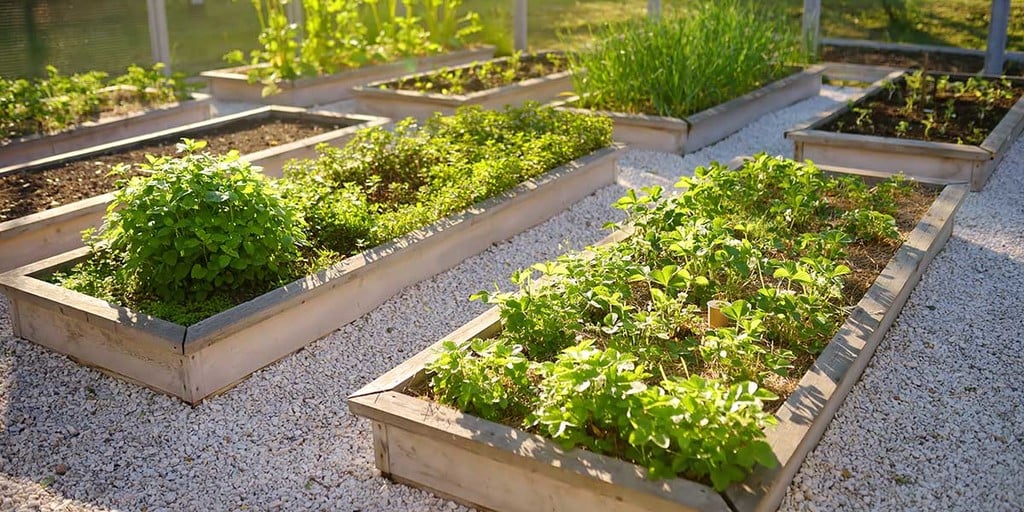
In the most basic of terms, urban farming is simply producing or growing food in a city or other heavily populated areas. It shouldn’t be confused with community gardening, subsistence farming, or homesteading.
The big difference between urban farming and these separate categories is that urban farming assumes a profit motive and that it’s undertaken as a commercial enterprise.
This separates urban farming out from gardening activities where the end goal is personal consumption.
That doesn’t necessarily mean that urban farming is all about big business. Normally it’s quite the opposite. You don’t need a big piece of land, or even a corporation to start an urban farm.
You can begin by yourself, by partnering with some friends, or even as a nonprofit entity.
Why is Urban Farming Important?
Urban farming gives people a chance to pursue their passion for agriculture who may not be able to move out of the city and buy a piece of land in the country. Either for financial, logistical, or practical reasons.
The food produced on urban farms can be sold at farmer’s markets, direct to restaurants or grocery stores, or through a CSA (community supported agriculture.)
As people are becoming more educated about their food, where it comes from, and the effect that transporting food can have on climate change, there’s an increasing demand for locally-grown, sustainable, organic produce.
- Read my guide of How to start a market garden here.
Common Approaches to Urban Farming
Urban farming can be found in pretty much every area of the city.
In public spaces and parks, next to apartment buildings and condos, on top of rooftops, next to restaurants and other businesses, in backyards, at schools, and anywhere else you can think of.
So people have come up with many unique approaches to urban farming that work in a variety of different conditions and settings.
1. Vertical Farming

Vertical farming involves growing crops in layers that are stacked vertically. This can be accomplished by growing on shelving, or on specially-modified pallets against fences or walls.
Vertical farms can be housed in abandoned mineshafts or other underground tunnels, inside of buildings, or in shipping containers.
It’s usually combined with other innovative techniques like aquaponics or hydroponics in a climate-controlled environment.
Vertical farming can make a square foot of space orders of magnitude more efficient at producing food, since many plants don’t need a lot of vertical space to grow.
- Ready to start making money with urban farming? Take a look at the list of the most profitable crops to grow on a small scale.
2. Hydroponics
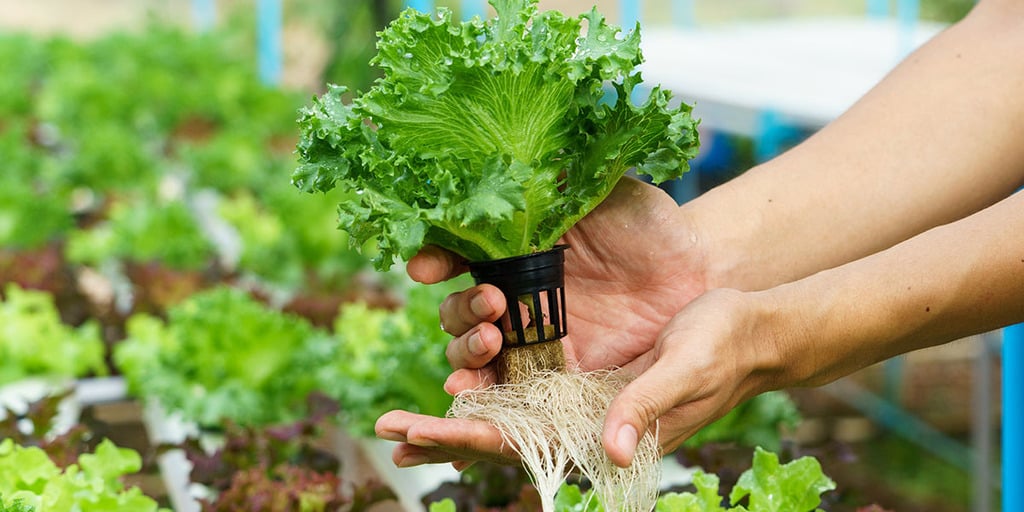
Hydroponics is any system for growing plants without soil. Instead, nutrients are added to water that plants are immersed in, or that regularly washes over the roots of the plants.
Gravel, perlite, or other materials can be used to provide more physical support for the plants.
Hydroponic systems can use chemical fertilizers, or organic matter like manure.
Since water in hydroponics systems is recycled and reused, it can save on water usage for growing crops.
There are many different hydroponics techniques:
- A static solution culture contains unaerated nutrients in a container.
- A continuous flow solution passes nutrients over the roots constantly.
- Aeroponics uses a fine mist or aerosol to keep plant roots moist while they're suspended in air.
- Ebb and flow systems flood a tray full of growing medium at regular intervals and then allow it to drain completely. This is done with a pump that's set on a timer.
3. Aquaponics
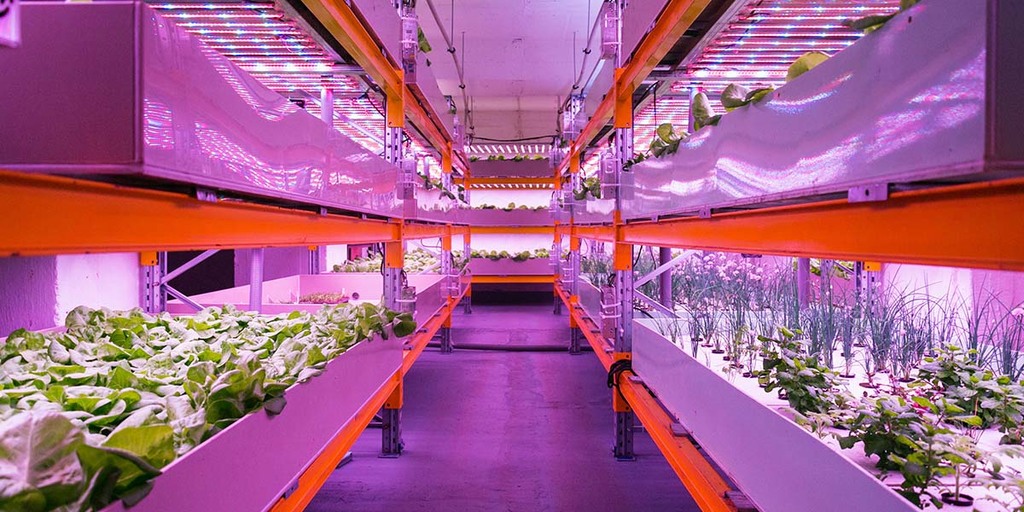
Aquaponics is any system that combines conventional aquaculture (farming fish or other sea life) with hydroponics. This creates a symbiotic relationship between the fish and plants.
Fish eat food and produce ammonia. Helpful bacteria in the water converts ammonia into nutrients for the plants.
The plants absorb the nutrients, which act like a natural fertilizer. And water gets constantly recirculated through the system so the cycle can continue.
Tilapia is one of the most popular types of fish for using in an aquaponic environment. They’re tasty and can be sold as they mature to make another source of income besides the plants that are being grown.
Leafy green vegetables tend to work the best and be the easiest to grow in an aquaponic system, although you can grow a wide variety of other plants like cucumbers, peppers, and tomatoes as well.
4. Shipping Container Farms

If the weather outside isn’t conducive to growing, or even if you just want a more stable pest-free environment for growing, shipping container farms are a great option.
They don’t take up small space and you can fit one in almost anywhere, even just in an unused corner of a parking lot.
Special systems can be installed for lighting, climate control, as well as other factors to create a perfect growing environment.
Racks of shelving can be installed to fully maximize vertical space inside the shipping container.
Most commonly mushrooms, microgreens, or leafy greens are grown because these crops don’t take up much space and also fetch a premium.
They might seem too small to be practical for some people, but a shipping container is actually large enough to generate a full-time income from urban farming with the right systems in place.
5. Rooftop Farming
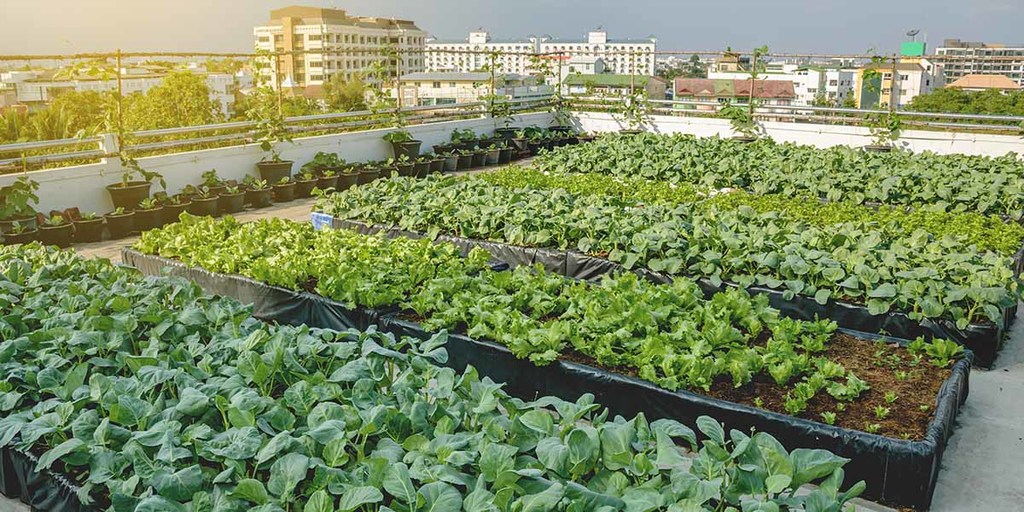
In the heart of the city, green space on the ground comes at a premium if there’s any available at all. But the rooftops of skyscrapers and apartment buildings represent a largely underused resource.
Raised beds, and even greenhouses or animals like chickens on rooftops are all a possibility. It all depends on what the owner of the building is comfortable allowing you to do with the space, and what your local laws are.
Care should be taken to make sure adequate support is in place before starting a rooftop farm.
Soil can weigh thousands of pounds when you have it all in one place, so care needs to be taken with how a rooftop farm is arranged to ensure the roof can support the load.
Setting up or dismantling a rooftop farm can be difficult, as absolutely every part of the operation needs to be gradually taken up onto the roof using an elevator if you’re lucky, or stairs if you aren’t.
That includes bringing up all the soil you need, as well as something to contain it.
6. Mushrooms

Mushrooms aren’t a crop that immediately comes to mind for most people. But for urban farming, they’re an awesome choice.
The science behind how mushrooms are grown eludes most people, and it can seem like magic that people are able to reliably grow mushrooms, but it’s really more simple than you might expect.
For mushrooms like oyster mushrooms, a large, clear plastic bag is filled with a growing medium like coffee grounds and straw. This is then inoculated with mycelium of the mushroom species you’re trying to grow.
After an incubation period where the mycelium is allowed to fully colonize the bag of growing materials (basically like a plant establishing a root system), holes are cut in the bag to expose it to air, and the fruit bodies of the mushroom will begin to grow.
There are two things that can be a challenge for newer mushroom growers.
The first is avoiding contamination. Mold or other fungi that you don’t want can infect grow bags and compete with the species you’re trying to grow.
If they win and overtake the mycelium, it can ruin a whole batch of mushrooms.
The other is keeping growing conditions just right for the mushrooms, especially while they are fruiting. Especially temperature and humidity.
If humidity is too low, it can cause the mycelium to dry out and not produce any mushrooms. If it’s too high, it can become a breeding ground for mold and mildew.
Using fans to maintain airflow can help keep things under control.
Read more about mushroom farming in these Ultimate Guides: How to Grow Mushrooms and Urban Mushroom Farming.
7. Microgreens
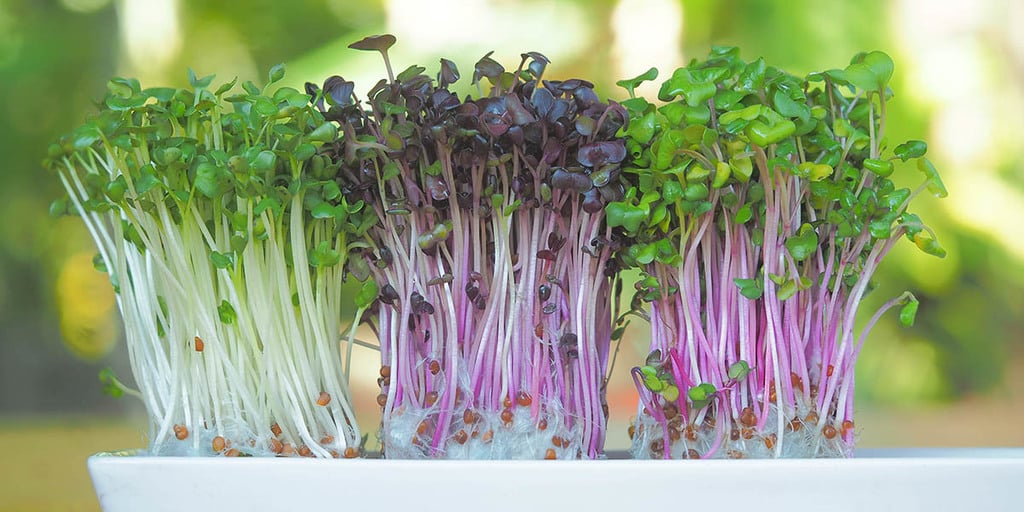
Microgreens are the tiny sprouts of vegetables that are harvested when they’re just a few days to weeks old.
Almost any vegetable can be grown as a microgreen, but sunflowers, pea shoots, and radishes are some of the most popular ones.
- You can learn more in this Complete List of Main Types of Microgreens You Can Grow.
You get a very quick turnaround time with microgreens compared to conventional crops. 7 to 14 days for most varieties of microgreens, as opposed to 90 days or more for some traditionally grown crops like peppers or pumpkins.
Despite their small size, microgreens are absolutely packed full of nutrients, and are becoming a popular choice for health-conscious people to add to salads or smoothies.
Chefs also like to use microgreens as a garnish because they give a nice aesthetic appeal.
Microgreens take up very little space and can be grown in a single room or shipping container. The process is normally quite automated, including watering and LED lighting all done on set timers.
- Read this guide of How To Grow Microgreens For Profit.
8. Backyard Gardens
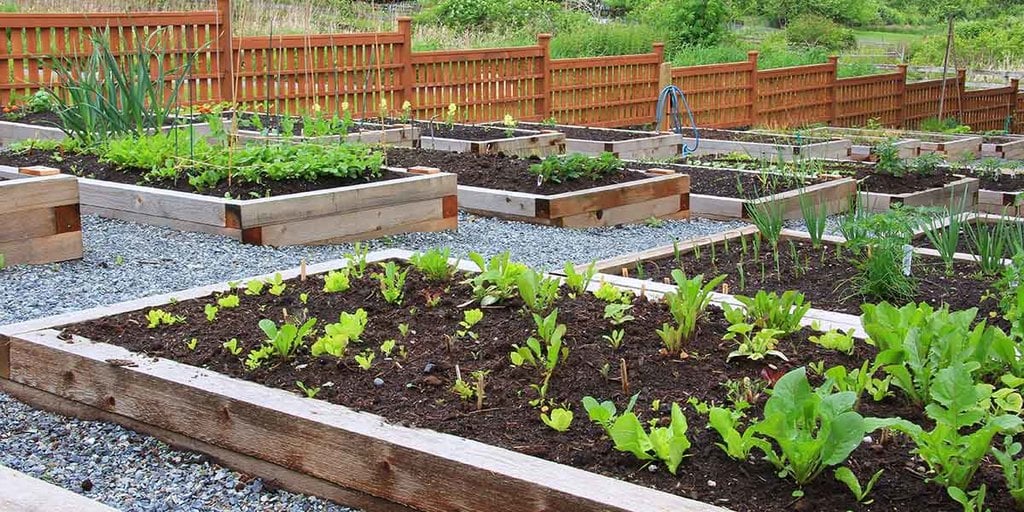
With the right urban farming techniques, you can actually make a full-time income on a space as small as 1/3rd or 1/4 of an acre. Backyard farms are also referred to as market gardens.
The best part about backyard gardens is that you don’t even necessarily need to own the land to start growing on them.
For most people, their yard is just sitting unused, and cutting the grass and maintaining it can be a chore more than anything else.
A good proportion of homeowners will be happy to let you grow food in their backyard in exchange for a portion of your harvest or the income you earn, others may rent you the space for a set fee for the season.
Like with most other types of urban farming, space is at a premium when you only have a small yard to work with. So it’s important to pick compact crops like greens that sell for a high price.
Where city bylaws allow, backyard gardens can even include small livestock like chickens, as well as beekeeping.
The Benefits of Urban Farming
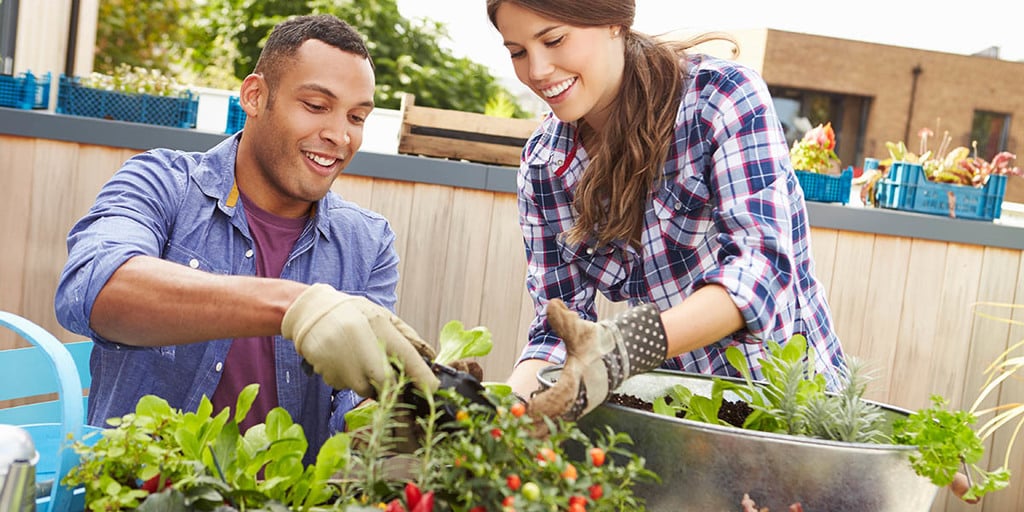
Urban farming comes with a bunch of benefits over conventional farming. Some of them may be obvious, while others aren’t so intuitive.
Here are some reasons why I think urban farms offer a lot of value to any community that they’re a part of.
1) Increased Food Security

Urban areas can often form what are called food deserts, which are areas where it’s difficult to buy good quality or affordable fresh food.
If there aren’t any grocery stores in your area and you don’t have a car, the only food sources you might have within walking distance could be fast food restaurants and convenience stores.
Urban farms can provide food to low-income individuals who need it the most.
2) Creates Fresher, Healthier Foods

When you buy a tomato or many other types of produce at the supermarket, you’re getting something that was picked underripe.
It’s a necessity, since produce needs to be shipped across the country, and it can often take several days for it to pass through all of the distribution channels and arrive at its final destination.
Urban farming creates fresh produce closer to where it’s ultimately consumed. That means less food miles traveled, which is great for cutting down on carbon emissions to help fight climate change.
Food from urban farms is far more likely to be perfectly ripe, more nutritious, and produced in season. Whether it’s fruits, vegetables, or herbs.
As a farmer, the upside to this is that customers are willing to pay a premium for freshness and local production.
Public health is a huge concern in the inner city, where people often suffer from malnutrition or other diet-related health problems.
Giving people nutrient-dense healthy alternatives will help reduce the risk of obesity, diabetes, heart disease, and other conditions in the area. Plus tending to the farm itself provides exercise to those who are working in it.
3) Urban Regeneration and Use of Under-Utilized Spaces
Urban farming is able to put land to use that is otherwise undesirable or can’t be put to good use. An urban farm breathes new life into older run-down communities.
It creates more green space, which is something that cities could desperately need. Greenery creates a relaxing feeling to the community and has a more aesthetic appeal than an empty lot.
Areas with community gardens and urban farms also increase property value. One study found that gardens in the area raised surrounding property values by nearly 10% within five years.
4) Community Involvement

So how can urban farming help communities? Besides producing an abundance of fresh healthy foods for everyone to eat, it can also bring the residents of an area together to work toward a common goal.
For urban farming nonprofits, a lot of social activity and organization is required. And everyone will have a vested interest in seeing the project succeed once they start to put their own time and energy into it.
Urban farms can help to create a sense of belonging among people that would otherwise be isolated from one another.
Urban farms can give back to the community by holding tours or workshops to teach children and adults alike in the area where their food comes from.
It’s a learning opportunity for picking up various gardening techniques and other information that people may not have access to.
Urban farms can integrate with local restaurants or cafes to benefit both parties.
The farm gets a steady customer to buy its produce, and the restaurant can use the fact that it buys locally-sourced produce from the community as part of its advertising and appeal.
5) Makes Efficient Use of Land
Think about how many areas of the city are sitting unused and being wasted.
Hydroponic systems, vertical or rooftop gardens, and other techniques can be used to fit in a lot of extra food into any free urban space that’s available.
Urban farmers come up with innovative and efficient solutions to the problems that growing in the city can challenge them with.
6) Economic Growth and Job Creation
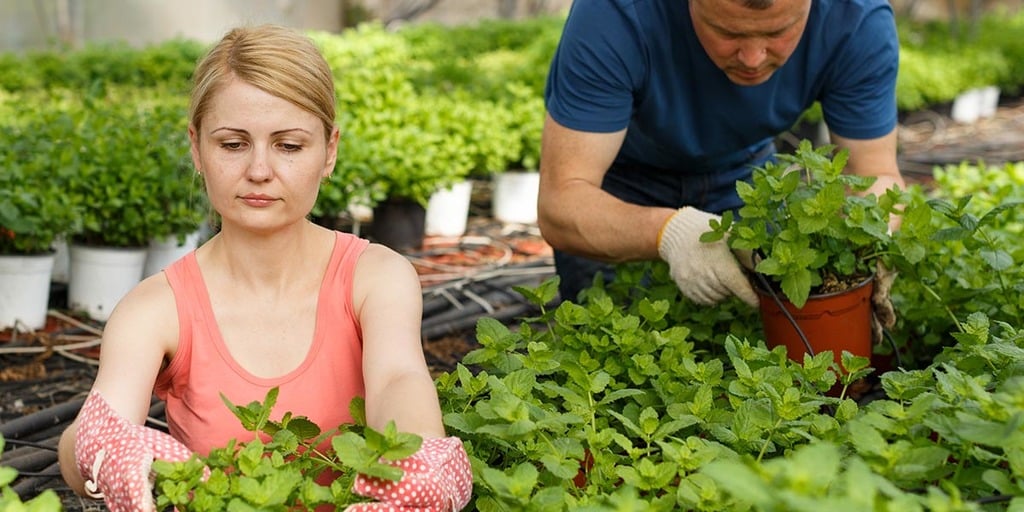
As your urban farm grows, you may be able to take on multiple plots throughout the city. Once it’s more than what you can manage yourself, you can bring on employees or volunteers to help keep things running smoothly.
Low-income people without much education in the inner city might not have the opportunity to get many jobs.
Urban farms can offer them valuable skills and education in addition to a steady source of income, even if it is seasonal work.
Hunger and poverty are common themes in an urban environment. But urban farms can help to support the community and stimulate its economy by circulating income in the region.
7) Less Food Waste
Some food waste occurs because stores stock more fresh food than what they can sell before it goes bad. Other times, consumers buy produce and it goes bad before they’re able to consume it.
Urban farms help cut down on both of these types of food waste. People can harvest only what they are going to eat that day or within a few days, so they’re less likely to waste food.
There is less of a disconnect between where your food comes from and what you eat.
8) Less Investment Required
Buying a conventional farm is a huge undertaking. Even if you just want a small farm with an acre or two, you’re looking at hundreds of thousands of dollars.
Even to lease farmland from another farmer for a season, you’re looking at some major expenses.
Urban farms take up far less space, and initial infrastructure and setup costs is often drastically lower than a traditional farm as well.
9) Water Conservation

Urban farming saves water a couple of different ways.
First, urban farms tend to use irrigation systems on timers, hydroponic systems, or other methods that allow them to use 2/3rds less water than what a conventional farm would need to achieve the same output.
Urban farms also prevent water runoff and other issues that would be present if the farm wasn’t there.
Farms can set up catchment systems to collect rainwater from nearby buildings, and water their crops 100% from rainwater.
Examples of Urban Farming
Curtis Stone
For most people, Curtis Stone is the go-to guy when it comes to urban farming, and his Youtube videos and other materials are often the primary way that people find out urban farming is even an option.
Curtis operates his urban farming business called Green City Acres, which has several urban farms located around Kelowna, British Columbia, Canada.
He has a Youtube video with over 300,000 subscribers and hundreds of videos that are an amazing resource if you’re just getting started with urban farming.
He teaches practical techniques, as well as does in-depth interviews with other growers to understand what’s working for them and what isn’t.
You can buy his book entitled The Urban Farmer on his website. He also does in-person courses and offers online courses on topics like growing microgreens, and passive solar greenhouse design.
He also has a membership website fromthefield.farm where he does in-depth videos about sustainable agriculture every week.
Nature’s Always Right
https://naturesalwaysright.com/
Steven Cornett runs Nature’s Always Right, an urban market garden that features permaculture design and regenerative farming practices. It’s based in San Diego, California.
In addition to growing food to earn an income, Nature’s Always Right also has the goal of teaching as many people as possible about regenerative farming techniques, and helping them to grow their own healthy food on a small scale using no-till methods.
FARM:
Located in London, UK, FARM: uses a variety of urban farming techniques including a rooftop chicken coop, aquaponic fish farming, and small-scale vegetable farming using a polytunnel as well as a high-tech indoor allotment
The goal of the project is to teach Londoners that it’s possible for people who live in the city to grow food without having large amounts of space. It has been operating since 2010.
- Wondering how to start a small urban farm? Check out this list of 21 Of The Best Small Scale Farming Ideas.
Where Does Urban Farming Take Place?
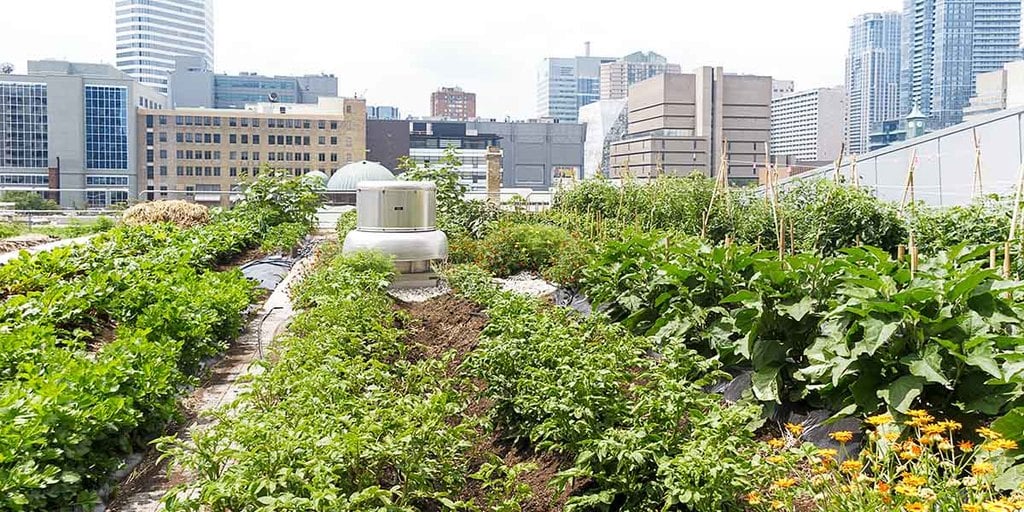
The name urban farming conjures up images of food being grown right in the middle of the inner city or downtown.
While that’s certainly a possibility, there’s no characterization on exactly how dense or populated an area needs to be to qualify as urban farming.
But it generally includes properties and land right up to the outer edge of the city.
Urban farmers grow in backyards, on top of the roofs of apartments and skyscrapers, on vacant or abandoned properties or land, and plenty of other places.
Some cities are even setting aside portions of parks or other open land to allow urban farmers to use.
It’s critical to take your city’s zoning and by-laws into account before you get started with urban farming. What’s allowed can vary from place to place.
Most cities have restrictions on any kind of livestock being kept within their limits, although some places make exceptions for backyard chickens, rabbits, or even beekeeping.
Some cities will allow you to grow vegetables in your front yard, while others won’t. Other locations will limit what kinds of retail sales you can do out of homes and other non-commercial properties.
While states and provinces may have specific licenses and certification that are required to operate your urban farm, like safe food handling or WHMIS.
Understandably, producing people’s food comes with a lot of liability and safety issues, so municipalities tend to err on the side of protecting the consumers.
What Products Do Urban Farmers Grow?
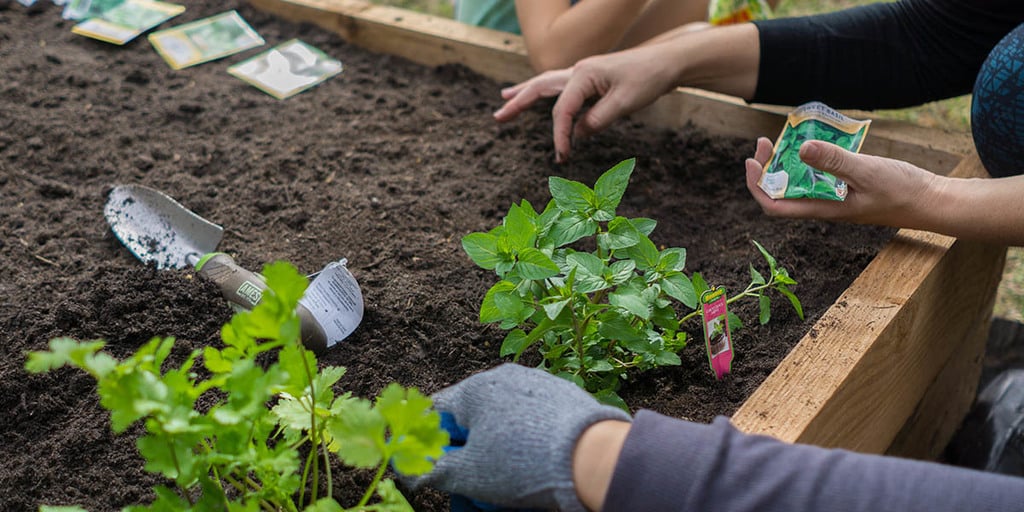
As mentioned, it’s much harder for urban farmers to try to raise livestock like cattle, pigs, and sheep within city limits, just because of the legal restrictions.
But most other things that any conventional farm is capable of producing are on the table.
Urban farmers grow vegetables, root crops, fruits, and even grains. As well as herbs and medicinal plants, or purely ornamental varieties of plants.
For a brand new urban farmer looking for an entry point in the market, I would suggest 3 crops that are fairly easy to grow and offer good returns: Mushrooms, microgreens, and leafy greens.
All three of these products are more perishable than a lot of other types of crops.
That gives urban farmers a big advantage when it comes to freshness and quality, compared to larger companies that might need to ship their product several days before it reaches its destination.
Both microgreens and mushrooms can be grown indoors and take up very little space. Many urban farmers are able to grow these crops in converted shipping containers, or anything else that’s basically the equivalent size of one large room.
Leafy greens like arugula and spinach fetch high prices due to their short shelf life, but require growing outdoors or in greenhouses or wind tunnels.
Market garden techniques and practices can be used to produce large amounts of food in a tiny space, however.
Some urban farmers are able to make as much as $100,000 per year on just a 1/3 acre piece of land if they have the knowledge and conditions needed.
Generally, as an urban farmer, you want to highly specialize on crops and different varieties that aren’t normally available from regular distributors and large-scale farms.
What Tasks do Urban Farmers Perform?
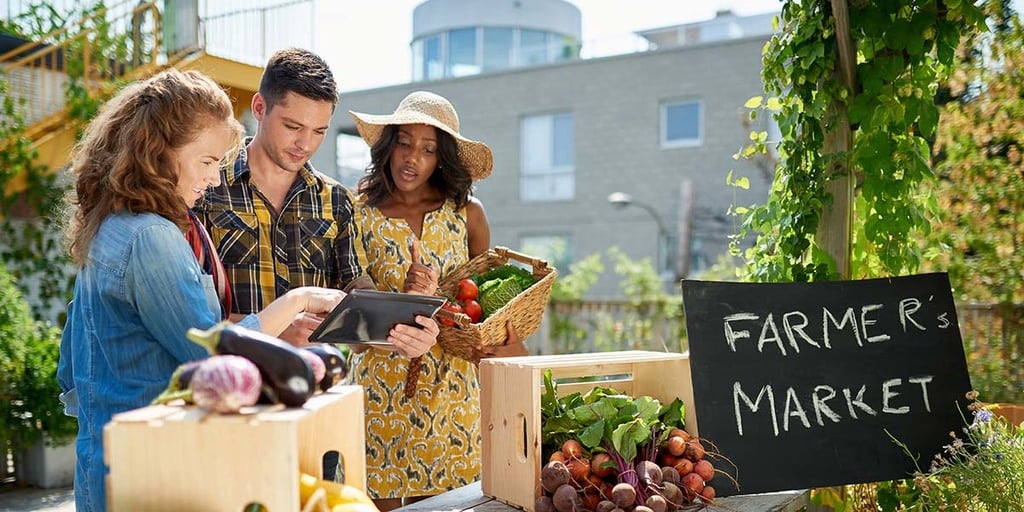
As an urban farmer, you’ll need to wear a lot of different hats, and it might be on you to perform all the roles that your business requires all by yourself.
In addition to just growing the food, urban farmers need to be experts when it comes to marketing and connecting with buyers.
It doesn’t matter how great your food is or how much you can grow, if nobody is willing to buy it!
It’s up to you to pitch your product to shops and restaurants in your area, as well as man your booth at the farmer’s market every weekend.
Urban farmers usually end up doing all of their own deliveries as well. You’ll need a climate-controlled van to get all of your produce to customers in a timely manner.
Although some urban farmers even deliver their products via bicycle and pull their inventory on a trailer behind them.
You’ll also need to do all of the administrative work for your business like bookkeeping/accounting, filing paperwork, and more. Combined, all of these tasks can easily add another 10 hours on to your work week.
Conclusion
Even if you’re living in the city, you can earn a full-time income from your passion for agriculture by making use of urban farming techniques.
Crops like edible mushrooms and microgreens take very little space to grow, but they offer high margins.
Techniques like vertical farming and aquaponics can make tiny spaces like shipping containers or rooftops into full-scale operations that are capable of providing food to nearby neighborhoods.
Urban farming is profitable, and urban farms have a number of benefits for the communities they’re in as well.
They increase food security and give people access to fresh, nutritional food that they might not be able to buy otherwise.
Urban farms can also help boost economic growth in an area and provide jobs. They can also help to create a sense of community.
If you’ve ever wanted to start farming but can’t see yourself giving up the city life to move to the country, urban farming offers a great alternative that will allow you to follow your passion.
If you want to learn more farming ideas or have questions of how to start your farm, read my articles below:
